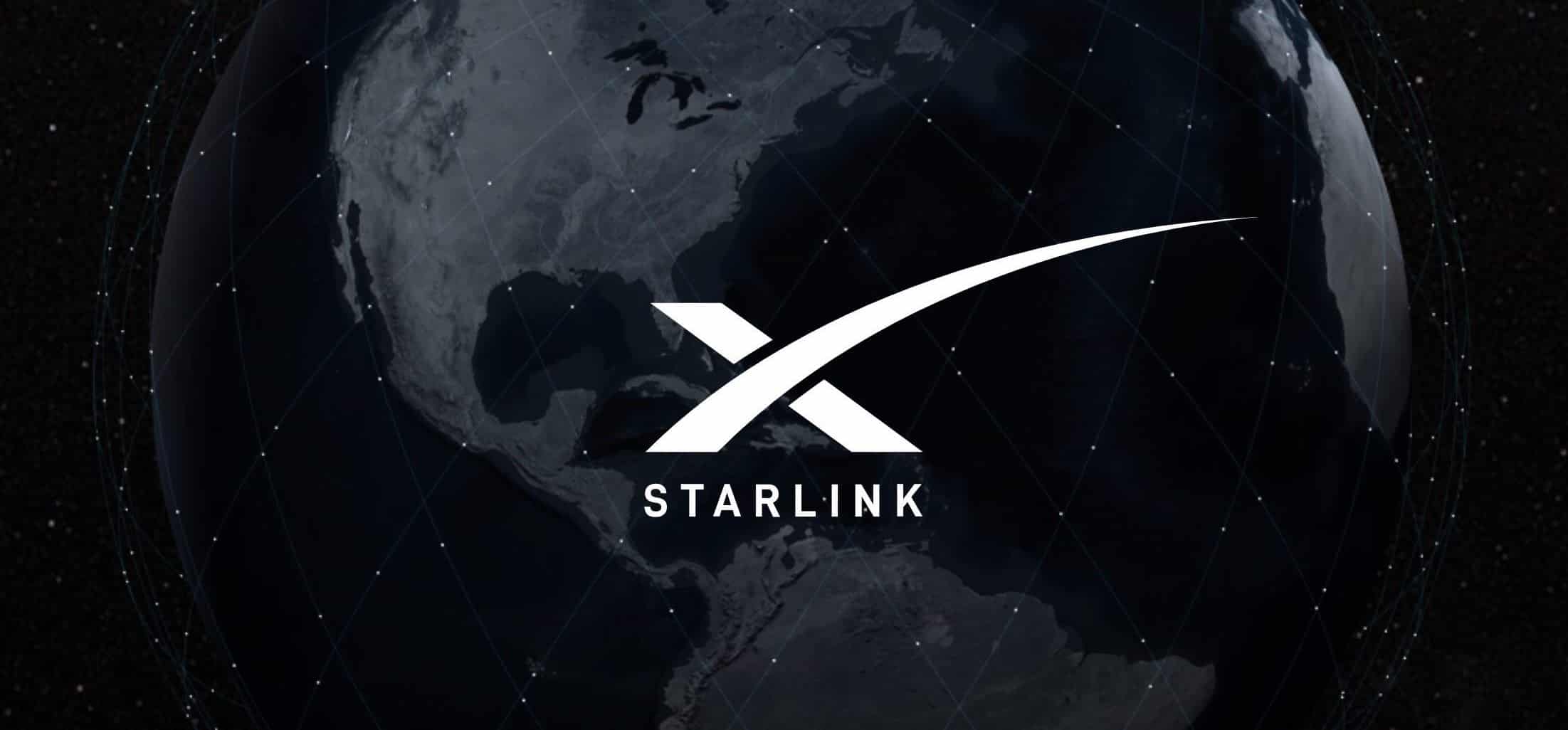Elon Musk’s Starlink is an internet service enhancement project through satellite which is constructed by SpaceX. SpaceX satellite facility is situated in Redmond, Washington from where the Starlink project is operated. The CEO or founder of this project is Elon Musk and he is also the founder and investor in many other firms too. Elon Musk is the owner of US$195 billion worth and is known to be the world’s wealthiest person as of February 2021.
What is Elon Musk’s Starlink?
SpaceX is working on a project to meet the unmet demand for quality internet facilities in various regions of the world, especially in rural areas. Basically, in rural areas their is a lack of internet facilities due to poor infrastructure of broadband lines or cables. To overcome this thing SpaceX company deploying 42000 satellite constellation in the lower earth orbit (LEO) to provide satellite broadband facilities worldwide. And this project is known as Starlink whose founder and CEO are Elon Musk.
Timeline of Starlink Project
In January 2015, SpaceX satellite development facility was announced to develop a new communication network with just 60 engineers. At that time, the company works on a 2800 m2 leased space till late 2016.
In July 2016, 740 m2 space is acquired by SpaceX for job listings along with some specific satellite development program operations which are signal processing, RFIC, and ASIC. By November 2016, an application was filled by SpaceX with the Federal Communications Commission (FCC) for a non-geostationary orbit (NGSO) satellite System in the Fixed-Satellite Service consisting of Ku-and Ka- frequency bands.
In January 2017, they acquire the second facility of 2800 m2 both of them situated in Redmond, Washington.
In May 2018, SpaceX expected to approach cost about US$10 billion for the total development and the buildout of the satellite constellation of Starlink.
By August 2018, they combined both the Seattle-area facilities to a triple-building infrastructure facility at Redmond Ridge Corporate Centre in order to implement the manufacturing process of satellite with their R&D too.
By April 2019, SpaceX was changing their satellite endeavors from research and development to assembling, with the arranged first dispatch of a huge gathering of satellites to the orbit, and the reasonable need to accomplish a normal dispatch pace of “44 high-performance, low-cost rocket manufacturing and dispatched each month for the following 60 months” to get the 2,200 satellites dispatched to help their FCC range allocation license assignment.

SpaceX said they will fulfill the time constraint of having a half portion of the satellite constellation “in the orbit inside six years of approval… and the full constellation will be established in nine years”.
On 17 April 2020, the architecture of the Starlink network gets modified by SpaceX. They also filled an application to Federal Communications Commission (FCC) in order to get permission for deploying and operating more satellites in lower orbit then decided by the FCC in the previous agreement.
In August 2020, SpaceX launched another batch of satellites which are equipped with Sun-shade Visor due to controversies by the International Astronomical Union regarding stargazing and nocturnal wildlife protection.
By September 2020, SpaceX increased its launching capacity to 60 satellites at a time in order to deploy 1440 satellites implement its global service by late 2021 or 2022.
In November 2020, SpaceX completed its 1 millionth Starlink test and increased its connection speed by 2 times. After this reporting connection speed was 150 Mb per second which is more than the declared speed for public beta testers.
SpaceX delivered another gathering of 10 Starlink satellites on 24 January 2021, the first Starlink satellites in quite a while. The dispatch was likewise breaking ISRO’s record of dispatching the most number of satellites in a single mission (143), taking to 1,025 the combined number of satellites sent for that media communications heavenly body up until now.
In February 2021, SpaceX reported that Starlink has more than 10,000 clients, and opened up pre-orders to people in general.
Motive of Starlink

- One of the major motives of Starlink is to fulfill the funding for the SpaceX Mars project to send humans to Mars planet and making it suitable for the survival of living species. Earnings from the internet services through Starlink directly go to the SpaceX Mars project.
- The next motive is to provide internet facilities to each and every person over the whole world by offering the internet facilities through satellites in each and every corner of the world.
- 5G innovation will be to a great extent packed in the significant urban communities, so the underlying incentive for Starlink will come in distant locales or remote locations where it is profoundly costly to run an optic fiber network.
- At present, there is little to no high-speed broadband infrastructure for internet-connected electric vehicles outside the concentrated urban areas.
- SpaceX Starlink could support Tesla to make billions of Dollars.
- This considers the transmission of Google Maps information to the vehicle and helps the choices of the driver help framework.
- The Starlink “mega constellation” of broadband radiating satellites will open up the measure of information that Internet-associated vehicles can utilize. One of the difficulties is the terminal for getting the information from Starlink, the terminal is the size of a pizza box, so the specialized and configuration challenge is to fit one of these into a Tesla vehicle.
- With Starlink, Tesla could have free high-velocity Internet access across all locales that will improve the autopilot framework in full self-driving mode and would likewise offer the potential for self-governing haulage vehicles across the districts covered by the Starlink framework.
How Starlink establish its goal?
Elon Musk has committed that their company ‘SpaceX’ will launch 42000 satellites to make a satellite constellation around the earth’s orbit. By May 2019, they launched 62 satellites and at that time they planned to launch the satellites at the rate of one every two weeks starting from November 2019. By implementing this strategy they will reach deployment of 12000 satellites currently approved by FCC and further reach up to 42000. The three orbital shells are proposed for initial 12000 satellites:
- The first 1440 satellites are deployed in 550 Km (340 miles) altitude shells.
- The second 2825 satellites equipped with Ku and Ka-band spectrum will be deployed at 1,110 Km (690 miles).
- The third is deploying the 7,500 V-band satellites at 340 Km (210 miles).
SpaceX also increasing its satellite launching capacities day by day in order to complete its milestone of launching 4200 satellites as soon as possible. All the satellites are situated in the low earth orbit (LEO) about 400-500 km from the Earth’s orbit which is 60 times closer to earth as compared to the traditional satellites. This will result in low network latency and high connection speed.
The Starlink teams have worked closely with leading astronomers around the world to better understand the specifics of their observations and engineering changes we can make to reduce satellite brightness.
How fast Starlink Internet is?
SpaceX said in an email to Starlink beta test endorsers in October that they ought to expect speeds somewhere in the range of 50 and 150 Mbps, with irregular blackouts and the latency rages from 20 ms to 40 ms. Yet, a few clients are hitting a lot higher paces.
A rundown assembled by Reddit’s Starlink Community group shows the fastest download speed so far was 209.17 Mbps, recorded in New York. One individual in Utah recorded in December their speed test showing 215 Mbps.

Image Source: bussinessinsider.in
Starlink has even arrived at rates of 175 Mbps in frosty temperatures, high breezes, and days off. The advantage of Starlink is that the receivers can easily functional in the worst polar conditions or weather where huge snow covers the receiver’s surface and becomes a barrier between the receiver and the satellite. But Starlink receivers are able to melt the snow as the surface of the Starlink receiver is warm enough to overcome that situation easily.
Eligiblility in Six Countries for preorder of Starlink Facility
Initially, the Starlink facility is operating in parts of southern Canada, the northern US, and recently in the UK too. About 10000 users are using the internet facility through Starlink in US and other six countries.
On 15th Feb 2021, Starlink begin the preorders for the public beta program to different parts of the world.
Individuals in Mexico, New Zealand, Australia and parts of the US and Canada – where Starlink isn’t yet ready for action – affirmed on Twitter and Reddit they had the option to put down a deposit to get the network access in mid to late 2021 and rest of the other countries in 2022.
How much will Starlink Internet cost?
SpaceX is expanding the beta trial of its Starlink satellite network access, sending messages on Monday to individuals who communicated interest in pursuing the assistance. The initial Starlink internet service is available for $99 and in addition a cost of $499 to order the Starlink kit which is quite expensive. However, the Starlink kit comprises a user terminal for establishing the connection to the satellites, a mounting tripod, and a Wi-Fi router. Overall the user has to pay $600 in advance for Starlink and wait for the availability in their particular geographical area.

Image Source: starlink.com
UK users are paying £439 for the unit and £89 for the membership charge. Contrasted with other internet services that charge £79 each month for rates of up to 516 Mbps, this isn’t cheap anymore. However, SpaceX has launched an app ‘Starlink’ and is available on Playstore and Apple Store.
How to Install Starlink?
For Further Information on Starlink Visit on official webitse.


